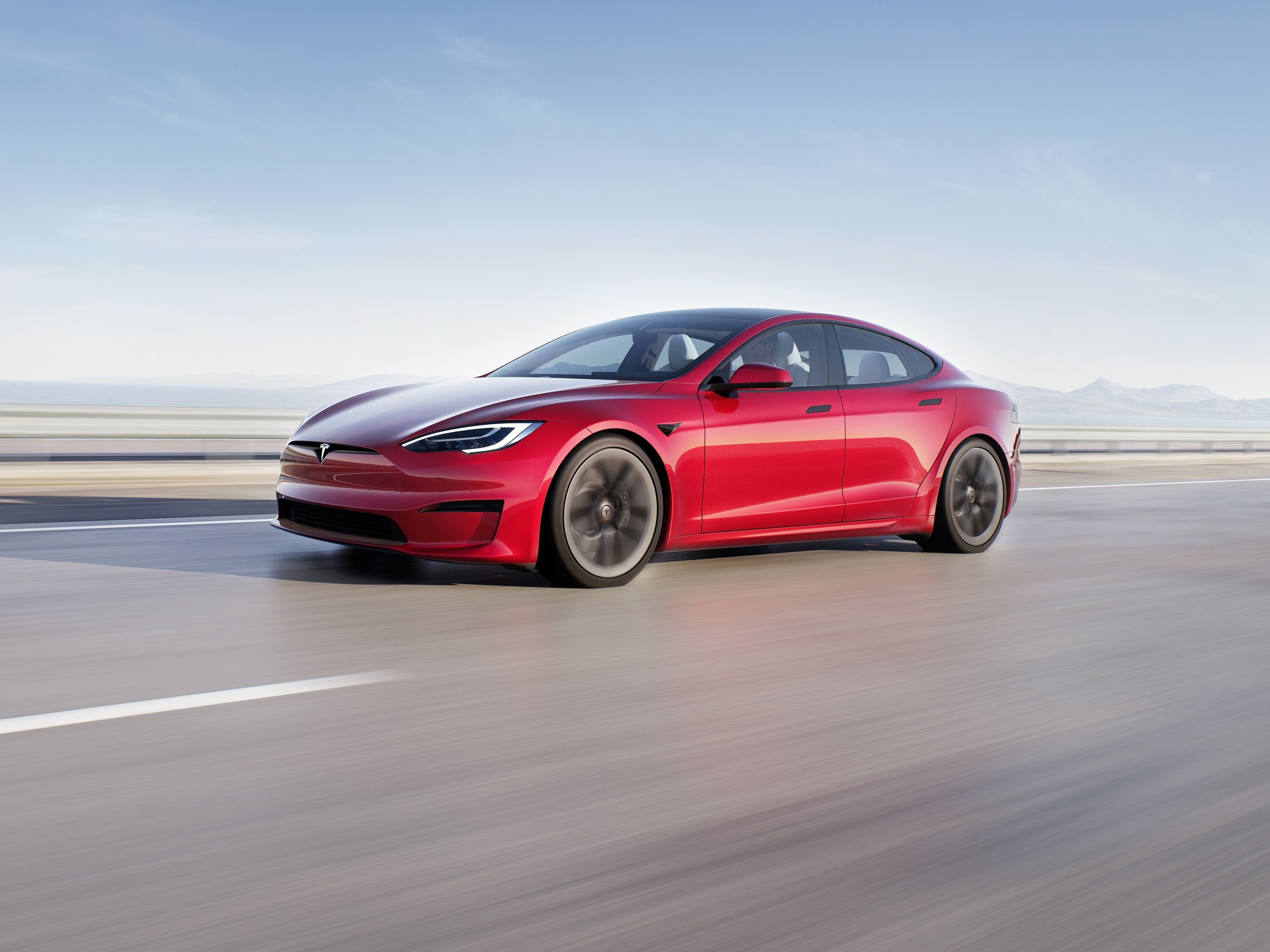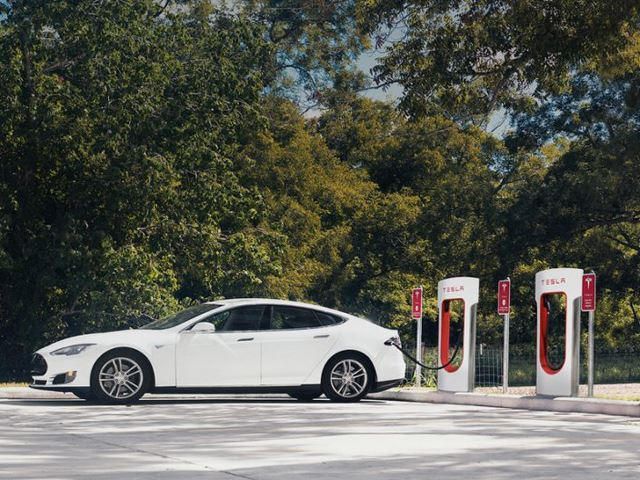
Telsa announced today on its blog that it was cutting the cord, literally and figuratively, on its free supercharger network. The automaker used to offer unlimited use of its supercharging stations to anyone who owned a Tesla, but starting January 1st, 2017 that will no longer be the case. The good news is that cars ordered before this date (and delivered by April 1st, 2017) and optioned with the supercharging package will still get to charge at the stations for free. The bad news is that cars ordered after the beginning of 2017 will have to pay.
That means all Model 3s won't come with free supercharging as they will be delivered after April 1st, 2017. New Tesla owners will be given 400 kWh worth of credits to use at supercharging stations. Tesla says that roughly equals out to 1,000 miles. After that drivers will need to pay up, with the EV company saying that the cost would be less than filing up a comparable gas car. Like gasoline prices the fee for recharging will change over time and be dependent on the cost of electricity by region. It's a bummer that the literal free ride is over for Tesla owners, but anyone who has been monitoring the situation could have seen this coming. Last summer the automaker reportedly sent some owners a request to lay off the supercharging stations.
The idea behind the stations was that they would help ensure Teslas could take long trips without drivers being left stranded due to the lack of an outlet. Instead, people started topping off their batteries at supercharging stations close to home. This is obviously already costing Tesla money, and with the Model 3 set to bring hundreds of thousands of new, juice-hungry cars to the road the costs would have been astronomical had the current model been kept. While the loss of free supercharging may dissuade some people from buying the company's EVs we think the impact of this news will be minimal. There's still the free 1,000 miles, and you can bet that Tesla is busily developing more powerful batteries and energy-saving technology.

